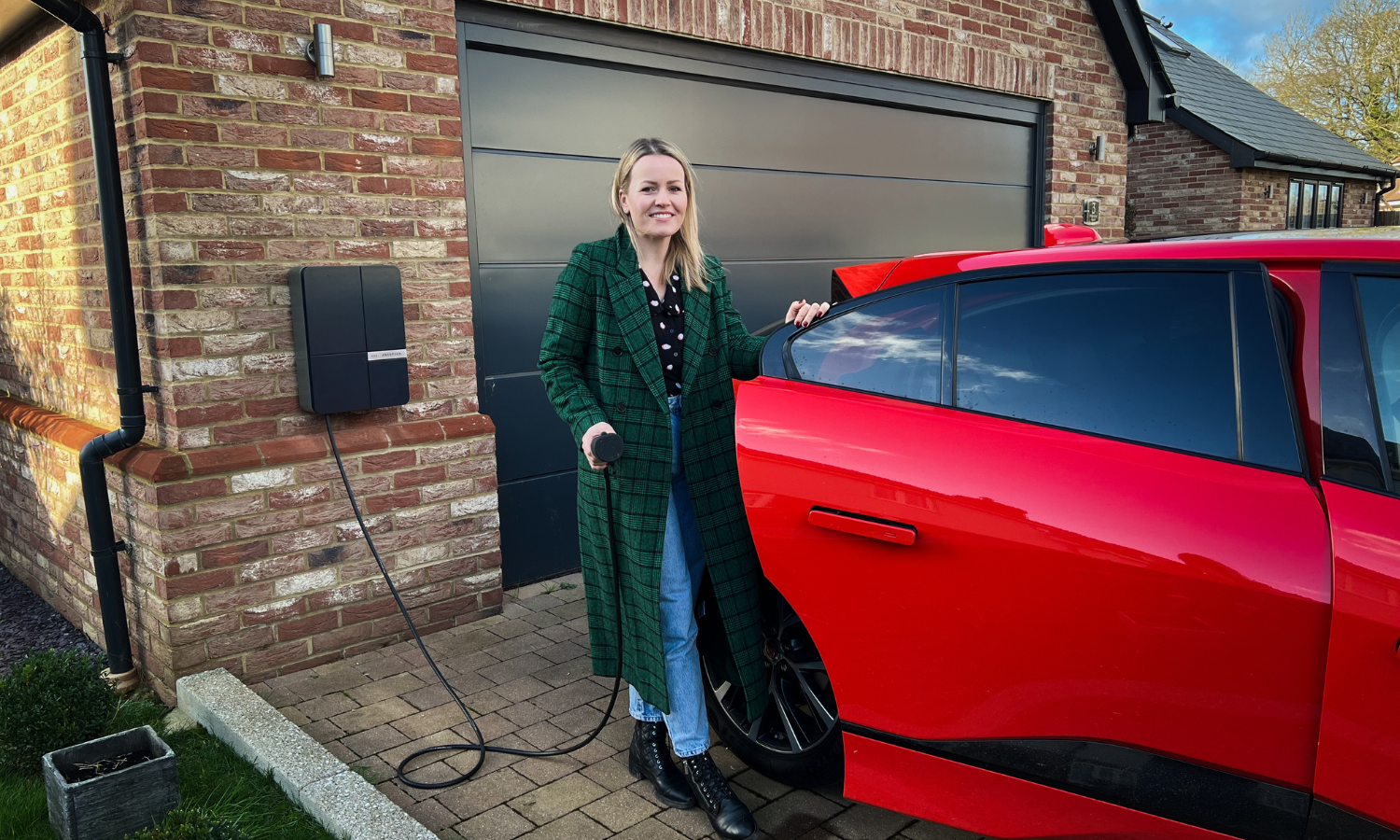Most of us will have experienced an electrical power surge in the home at one time or another. There are many reasons why electric power surges occur; lightning strikes, faulty electrical equipment or wiring, and restoration of power after an outage, are all common culprits. In the event of a power surge, the risk of damage to electrical equipment and components is highly likely, very often with catastrophic consequences. These events may only last less than a second, but that’s enough for the damage to be done.
That is why the installation of a Surge Protection Device (SPD) is so important when it comes to personal safety and protecting electrical equipment from the potentially damaging effects from excess voltage. No more so, than when it comes to protecting electric vehicle chargers which can be exposed to overvoltage, and of course comprise sensitive circuitry.
Better to be safe, than sorry
When it comes to protecting EV home charge points, domestic surge protection devices are normally fitted in the home fuse box, or consumer unit as is often known as, at the same time as the charger is installed. Their purpose? Well, put quite simply, they are designed to detect and protect EV home chargers from potentially damaging electrical surges, by feeding the excess voltage safely to earth. New wiring regulations (18th Edition Amendment 2) introduced on 27 September 2022 stipulate that all new electric circuits must have protection, which of course apply to new EV charger installations.
There is, however, a caveat that gives customers the option of ‘opting out’ of having a surge protection device. But, before dismissing this, caution is needed. It is important to read the small print of manufacturers’ product warranties, and home insurance policies, that may not be valid if such a protective device is not installed. That means, payments or replacement products may not be issued if a claim must be made, so it is well worth understanding the significance of electrical surge protection when it comes to insurance cover and warranty claims. It’s getting down to the specifics, especially where home insurance policies are concerned, that may cover such events as direct lightning strikes or accidental damage but may exclude financial cover for certain components required for an electrical device.
Time spent studying policy details is time well spent indeed to avoid potentially costly repairs and replacements to electrical devices, such as EV chargers. But, above all, safety must come first and foremost; electrical appliances and devices can be replaced, but personal injury causes suffering and loss of life is of course, devastating … and irreplaceable.
So, prevention is often better than cure, no more so than evaluating the benefits of a surge protection device for the home charge point. The fact that home chargers are, more often than not, installed outside increases their exposure to lightning strikes with potential damage to the EV charging unit, the electric vehicle, and the electric installation.
When it comes to home chargers, it is also imperative that they are installed by qualified electricians who have specific training in EV charge point installation. And if they recommend installing a surge protection device, it is certainly worth acting.
Trust the Experts when it comes to EV Chargers and Charge Point Installation
The team at Andersen have been pioneers in the EV infrastructure industry for many years and have exceptional knowledge in providing charging solutions for electric car drivers. They understand the complexities and challenges, and have channelled their expertise into developing an innovative, very high-class intelligent charging solution using quality hardware with in-built earthing for protection.
British-built, Andersen smart home charge points have been specifically developed to make EV charging beautiful and intelligent at the same time.
Customers can download the Kønnect+ smartphone app, to access and remotely control charging as well gaining insights about charging costs.
Andersen EV also offers a professional installation service through its own team of qualified installers who operate throughout the UK. With a comprehensive understanding of safe and compliant EV charger installation, they explain exactly how Andersen A2 home chargers work and ensure the installation is carried out to the highest all-round standards. It is imperative that Andersen chargers are only fitted by accredited installers, otherwise warranties are unvalidated.
Available for single phase (charging up to 7kW) and three phase connections, the latter charging up to 22kW.
For further information about Andersen Home Charge Points, please contact us.













Leave a comment
This site is protected by hCaptcha and the hCaptcha Privacy Policy and Terms of Service apply.